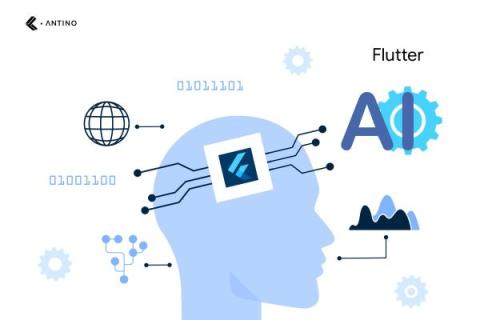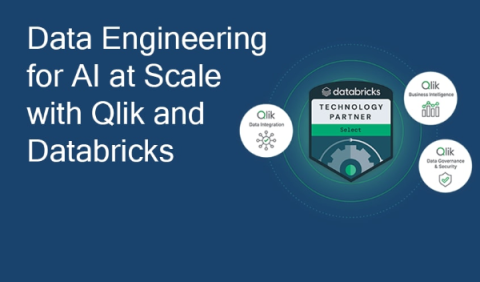7 Crucial Data Governance Best Practices To Implement
Data governance covers processes, roles, policies, standards, and metrics that help an organization achieve its goals by ensuring the effective and efficient use of information. It sets up the processes and responsibilities necessary to maintain the data’s quality and security across the business. Data governance manages the formal data assets of an organization.











